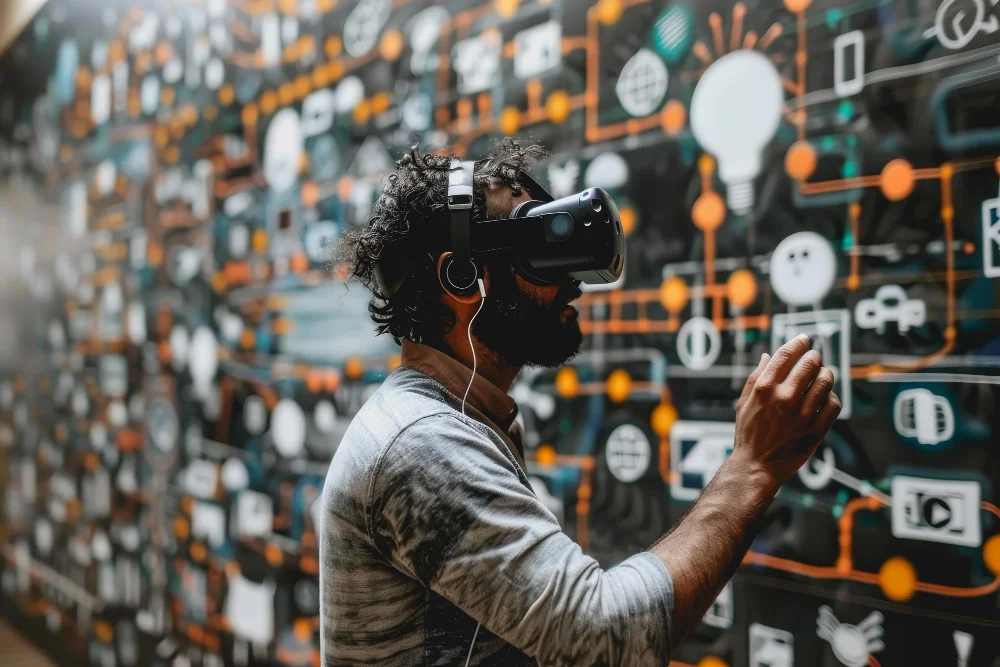Beholderen: Unveiling the Art of Visual Perception
Introduction
Have you ever heard the saying, “Beauty is in the eye of the beholder”? This simple statement holds a profound truth about how we see and interpret the world around us. The concept of “beholderen” dives deep into this idea, exploring how our perceptions are shaped by our experiences, culture, and even technology. In this article, we will unravel the mystery of beholderen, looking at its history, psychological roots, cultural influences, and modern applications. By understanding beholderen, we can better appreciate the complexities of visual perception and its impact on our daily lives.
Historical Context
Ancient Civilizations
Visual perception has fascinated humans for centuries. Ancient philosophers like Plato and Aristotle pondered over how we see and understand reality. Plato’s theory of forms suggested that our visual experiences are mere shadows of a higher reality.
Renaissance Breakthroughs
Fast forward to the Renaissance, and artists like Filippo Brunelleschi revolutionized art with the concept of linear perspective, changing how we depict three-dimensional space on two-dimensional surfaces. This breakthrough highlighted how our viewpoint can dramatically alter our perception.
Medieval and Enlightenment Periods
During the medieval and Enlightenment periods, the understanding of visual perception continued to evolve, impacting art, science, and philosophy. Key philosophers and artists contributed significantly to these advancements, shaping the way we interpret visual stimuli.
Psychological Perspectives
Gestalt Psychology
In the early 20th century, Gestalt psychologists introduced principles that explain how we organize visual information into meaningful patterns. They showed that our minds naturally group elements based on similarity, proximity, and continuity.
Modern Neuroscience
Modern neuroscience has furthered our understanding, revealing how the brain processes visual data, influenced by memory and attention. Case studies demonstrate how these principles play out in real-life scenarios, helping us grasp the intricate dance between what we see and how we interpret it.
Cultural and Social Influences
Cross-Cultural Comparisons
Our cultural background significantly shapes how we perceive the world. For example, colors carry different meanings across cultures—white may symbolize purity in the West but mourning in the East.
Social Factors
Social factors like age, gender, and personal experiences also play a role. Children and adults might view the same artwork differently due to their cognitive development and life experiences. Technology, especially social media, has further influenced our visual standards and perceptions, creating a global exchange of cultural aesthetics.
Artistic and Design Applications
Modern Art Movements
Artists have long played with the concept of perception, creating works that invite viewers to project their own emotions and ideas. Modern art movements continue to challenge our visual expectations.
UX Design
In design, understanding beholderen is crucial for creating intuitive and engaging user experiences. Designers use principles of visual hierarchy, readability, and accessibility to ensure their messages are clearly conveyed. Case studies of successful designs can illustrate how these principles are applied in practice.
Technological Advances
Virtual and Augmented Reality
The advent of virtual reality (VR) and augmented reality (AR) has opened new frontiers in exploring visual perception. These technologies allow us to experience and manipulate virtual environments, offering unique insights into how different stimuli affect our perception.
Artificial Intelligence
Artificial intelligence (AI) and machine learning are also transforming our understanding. AI can analyze vast amounts of visual data, uncovering patterns and insights that were previously inaccessible. Future technologies, like brain-computer interfaces, promise even more profound changes in how we experience and interact with the world.
Applications in Marketing and Advertising
Neuromarketing Techniques
Effective marketing relies heavily on understanding visual perception. Neuromarketing techniques, such as eye-tracking, help advertisers create campaigns that capture attention and evoke desired emotional responses. Real-world examples of successful advertising campaigns can demonstrate how principles of beholderen are used to influence consumer behavior. By selecting the right colors, images, and fonts, marketers can craft messages that resonate deeply with their audience.
Educational and Training Programs
Innovative Teaching Methods
Education can greatly benefit from applying principles of visual perception. Innovative teaching methods that align with how learners process information can enhance comprehension and retention.
VR in Education
Virtual reality simulations and interactive media are increasingly being used in classrooms to create immersive learning experiences. These tools help students understand complex concepts by engaging their visual and cognitive faculties more effectively.
Ethical Considerations and Future Directions
Deepfake Technology
As with any powerful tool, the manipulation of visual perception comes with ethical concerns. Technologies like deepfakes, which can create highly realistic but fake videos, pose significant ethical challenges. It is important to use these advancements responsibly, ensuring they respect individual autonomy and welfare.
Future Research
Future research in visual perception will likely explore the intersection of technology, psychology, and neuroscience. Advancements in brain imaging and computer modeling will deepen our understanding, with applications ranging from AI to medicine.
Conclusion
The concept of beholderen reveals the profound and often hidden complexities of how we see the world. From its historical roots to modern applications in art, design, and technology, beholderen shows us that perception is not just a passive reception of images but an active, dynamic process shaped by numerous factors. By exploring and understanding these factors, we can appreciate the richness of our visual experiences and the myriad ways they influence our interactions with the world. As our knowledge of perception grows, so too will our ability to harness its power in innovative and ethically sound ways.






